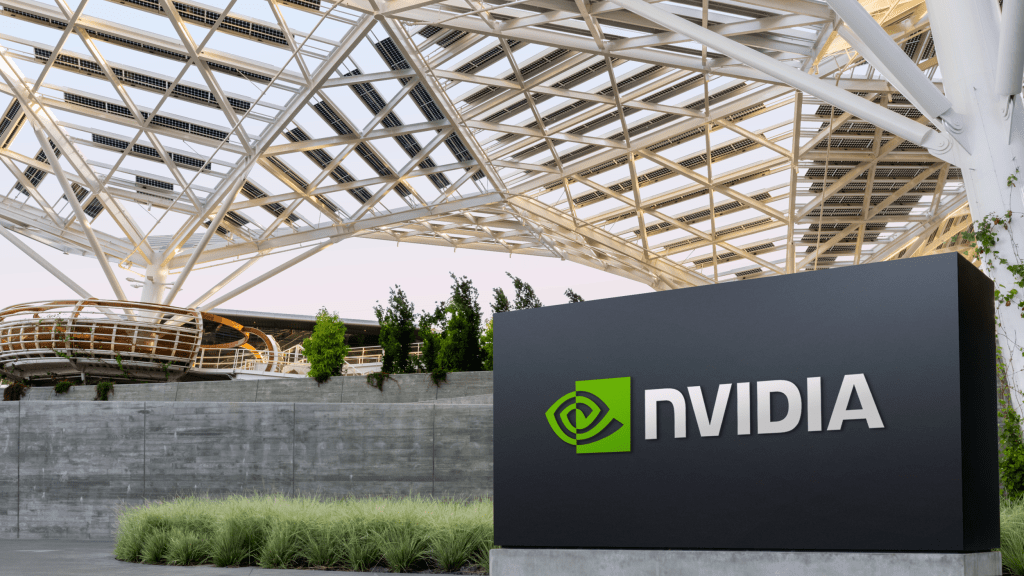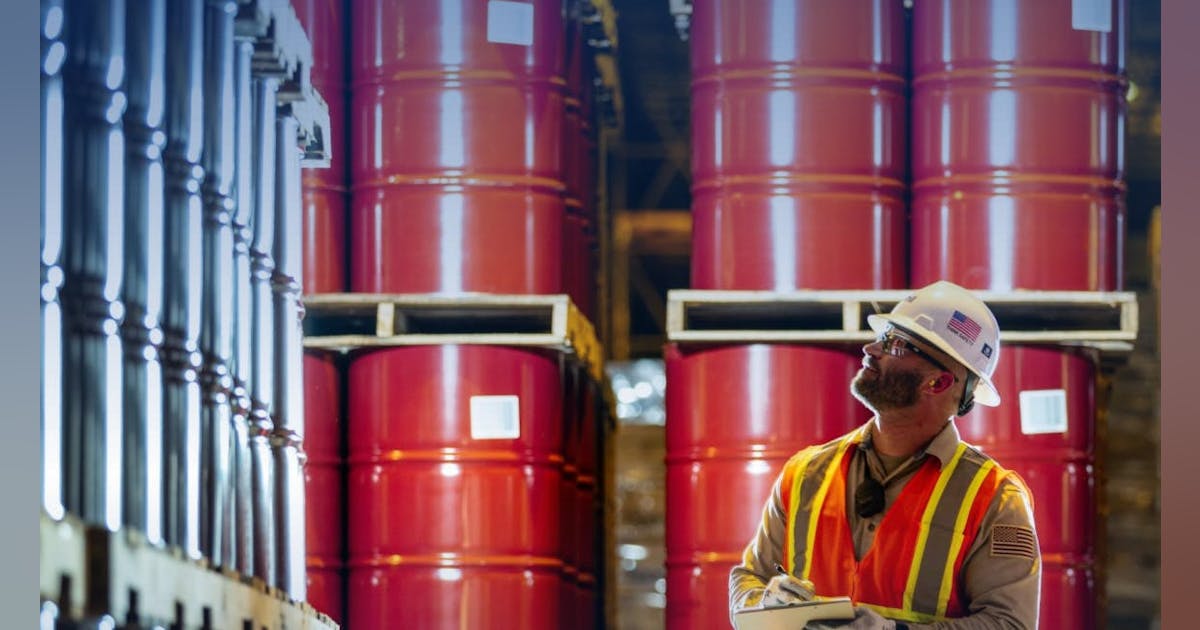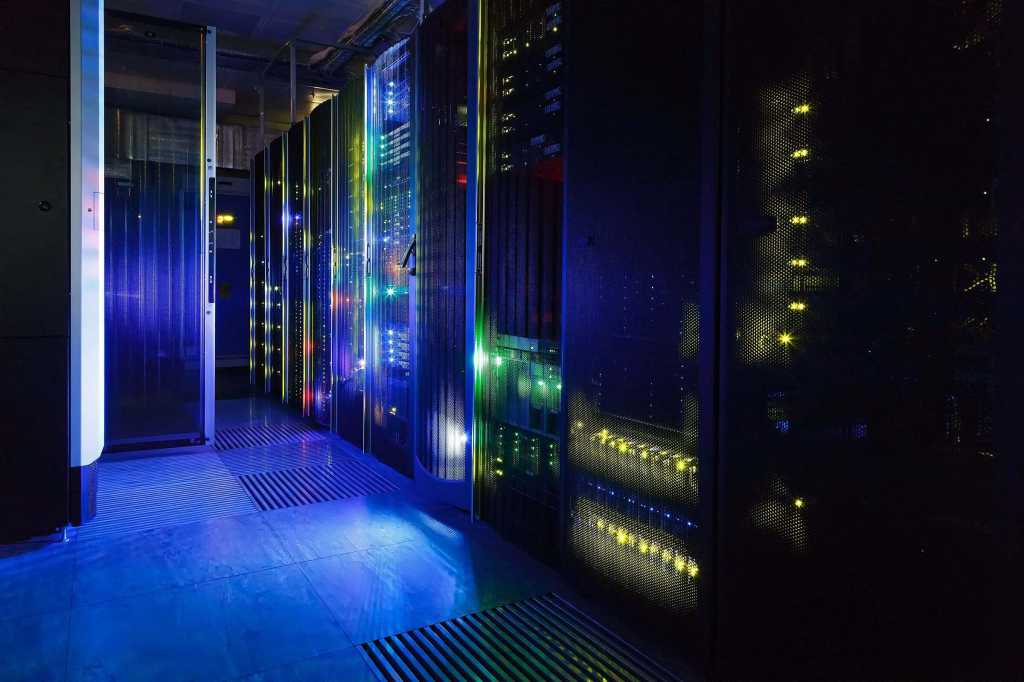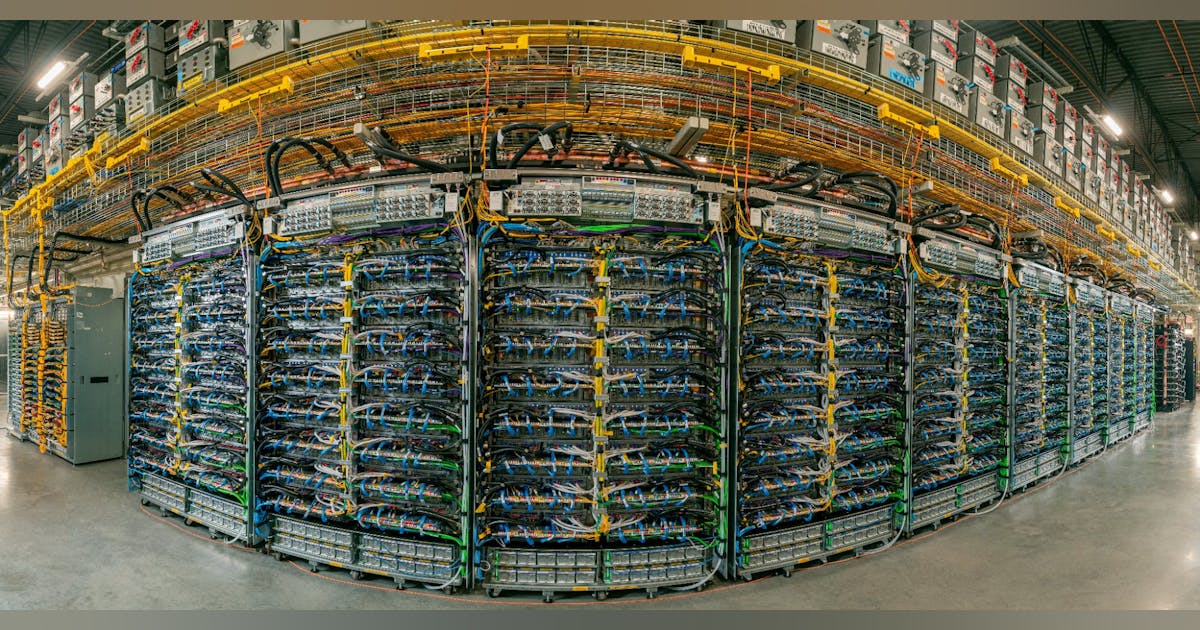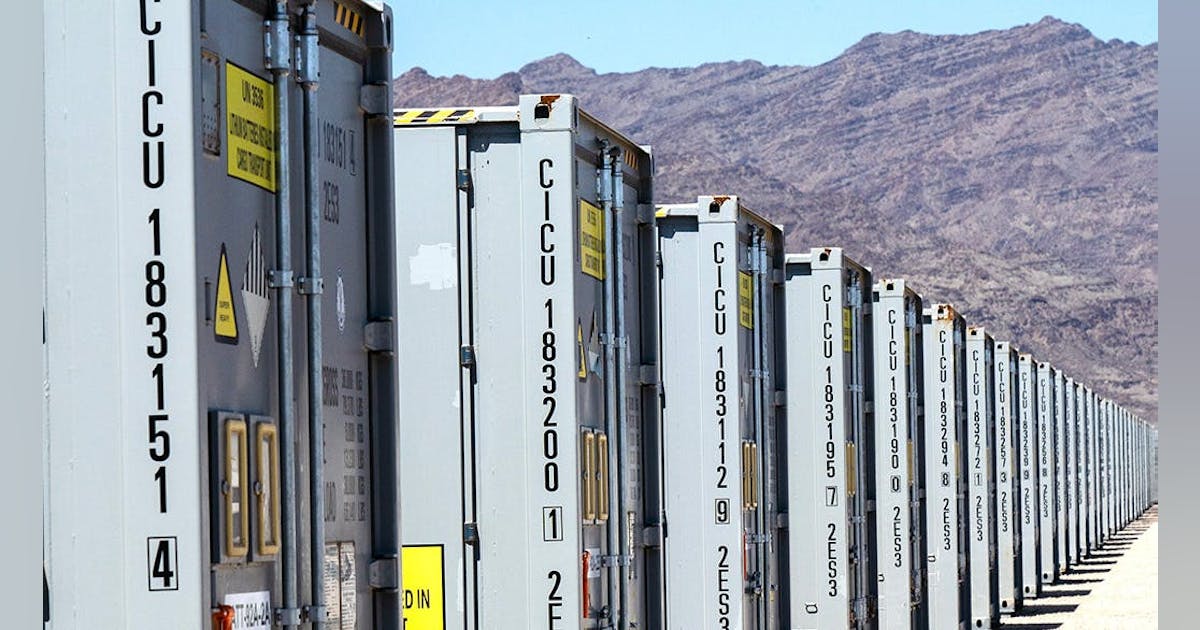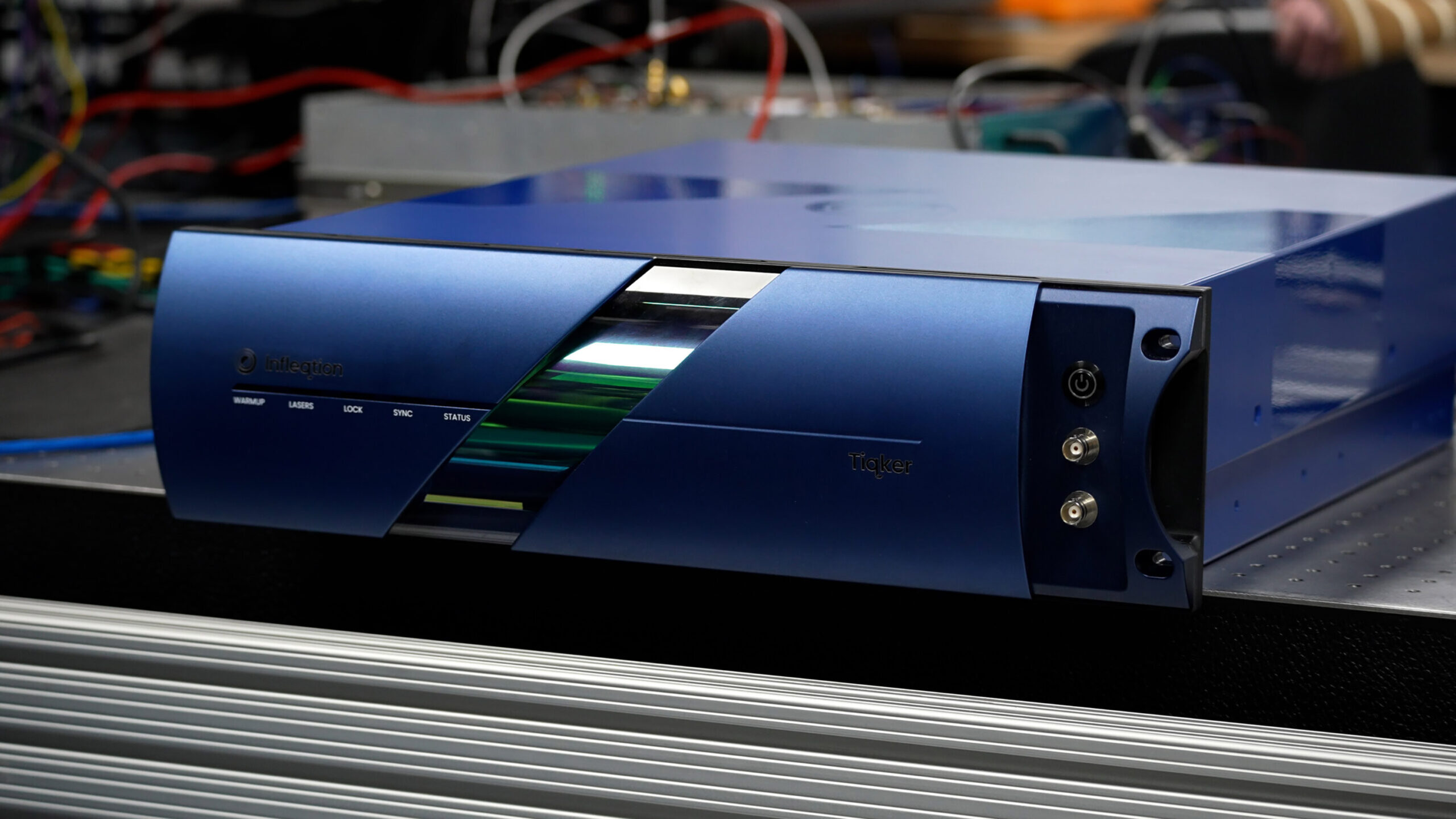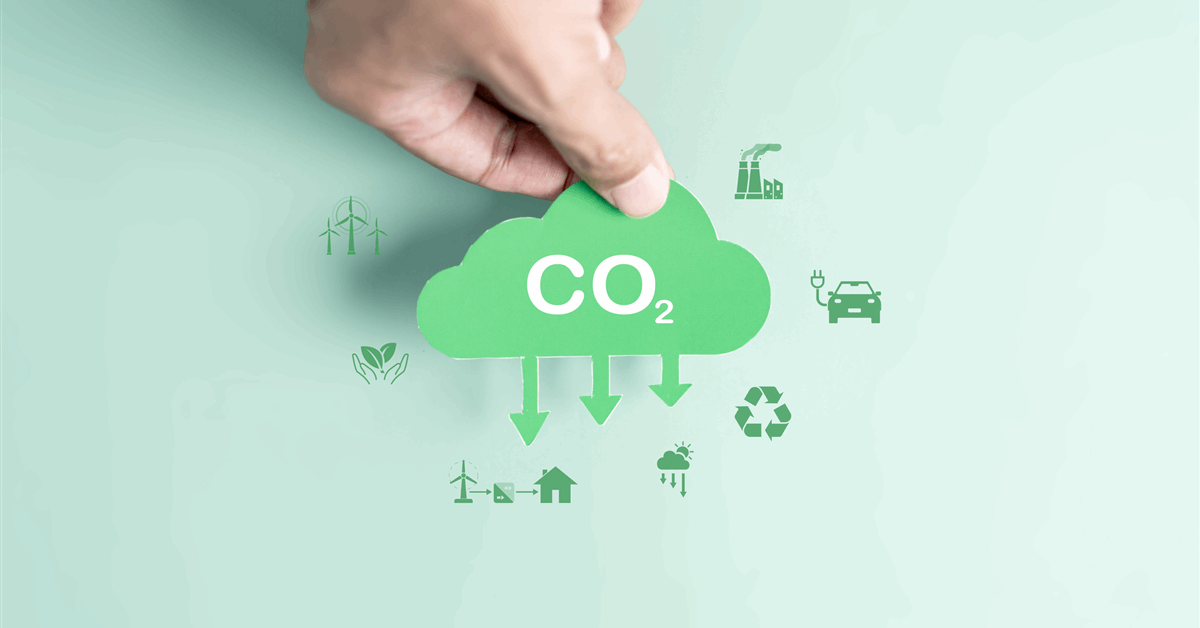
Canada’s Scovan Group Inc. is delving into the carbon capture business with the acquisition of the carbon capture and solvent reclamation assets and employees of Delta CleanTech Inc.
Scovan Group is the parent company of Scovan Inc., a private Western Canadian engineering, procurement, fabrication and construction management (EPFC) company.
“This strategic acquisition represents a significant step forward in Scovan’s commitment to driving innovation and delivering sustainable engineering solutions,” the company said in a news release.
The acquisition will result in a new entity that will partner with Scovan while operating as a separate organization. The entity, focused on carbon capture, will maintain continuity with key technical personnel, including Delta CleanTech’s Jeff Allison who will assume the position of VP for Operations. Scovan’s Kelly Mantei will become the organization’s COO, the company stated.
According to a statement from Delta CleanTech, Scovan will acquire certain assets related to Delta’s liquids, purification, carbon capture, and OExperts divisions for an aggregate purchase price of up to an aggregate purchase price of $0.73 million (CAD 1.05 million) with project royalties payable of up to $10.69 million (CAD 15.3 million) over a maximum seven-year term.
“This deal signifies a new chapter for carbon capture advancement in Western Canada. Delta CleanTech’s products and team are the perfect partner to Scovan’s EPFC services,” Mantei said. “This partnership enables us to leverage complementary strengths, innovate together, and provide unparalleled value to our clients”.
“Having the opportunity to continue Delta’s legacy of carbon capture excellence in partnership with Scovan is truly exciting,” Allison said in the release. “This allows us to build on our expertise, scale up our impact, and support clients in achieving their sustainability goals”.
“The strategic merger of Delta’s CO2 [carbon dioxide] emissions reduction and related purification division with Scovan, will provide the engineering and fabrication capabilities that Delta was missing from its product offering. [The] closing of the proposed transaction will allow the corporation to move forward with a strong and experienced process design, engineering and fabrication capabilities,” Allison said in the statement.
As part of the sale of the assets, Calgary, Alberta-based Delta CleanTech has sold its business name to Scovan. The company will change its name to “another suitable name,” it said.
Operations will continue with no disruption to clients, employees, or partners. Scovan remains dedicated to delivering the high-quality services and innovative solutions our stakeholders have come to expect.
Delta CleanTech describes itself as a 19-year ESG-driven firm focused on carbon capture, energy decarbonization, solvent and glycol reclamation, blue hydrogen production, and carbon credit aggregation and management. The company provides solutions to global clients for sequestering, capturing, and reducing carbon dioxide. Through its affiliate Carbon RX, it also works with carbon credits.
Scovan describes itself as an EPFC firm that provides innovative, sustainable services for the energy sector. The company’s “proven track record, unique approach and turnkey offerings allow them to provide end-to-end solutions, from piloting to full-scale commercial development,” it said.
In the past months, Alberta has seen a number of carbon capture projects move forward. In June 2024, Shell plc subsidiary Shell Canada Products made a final investment decision (FID) for Polaris, a carbon capture project at the Shell Energy and Chemicals Park in Scotford.
In September 2024, Alberta’s government allotted $2.04 million for the first facility in Canada to use carbon capture to turn municipal waste into electricity. The facility will be built on Gibson Energy land within the Designated Industrial Zone in Alberta’s Industrial Heartland, with operations estimated to begin in 2027, according to the release. Solid waste from municipal landfills will be converted into electricity for the grid, with the captured carbon injected into one of Alberta’s carbon sequestration hubs. The facility is expected to capture and store about 185,000 metric tons of carbon dioxide per year.
To contact the author, email [email protected]
WHAT DO YOU THINK?
Generated by readers, the comments included herein do not reflect the views and opinions of Rigzone. All comments are subject to editorial review. Off-topic, inappropriate or insulting comments will be removed.
MORE FROM THIS AUTHOR

